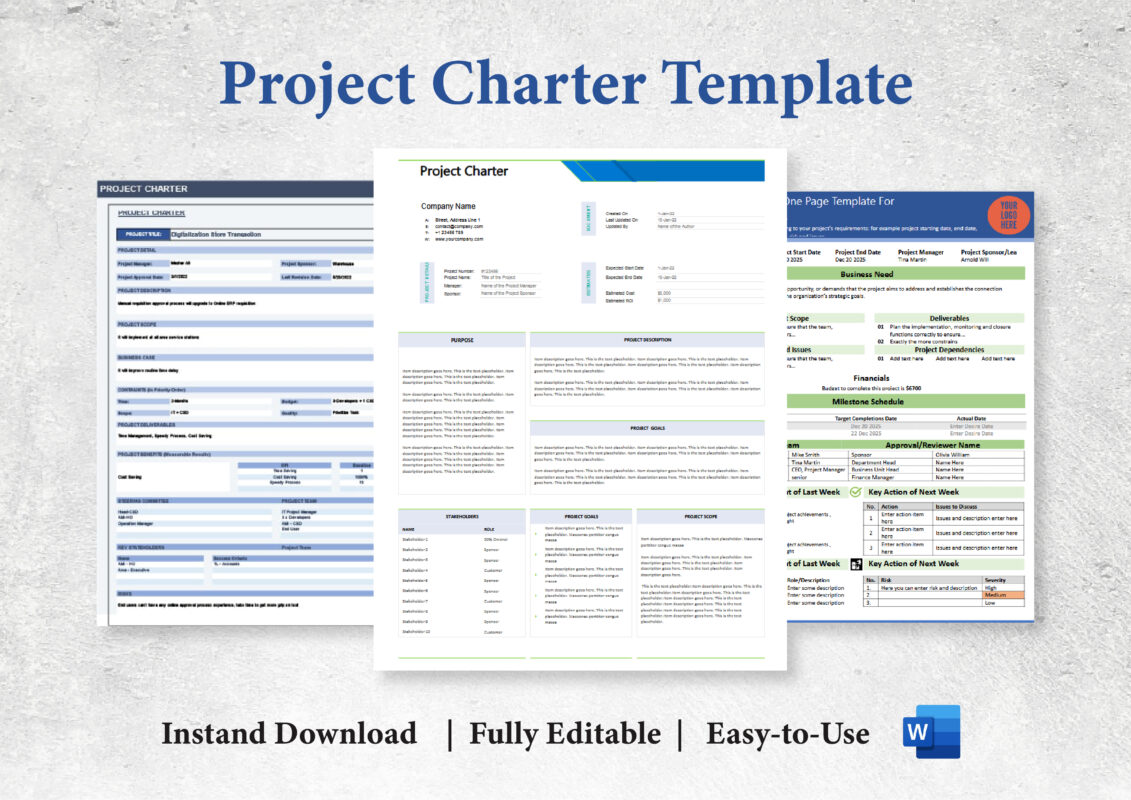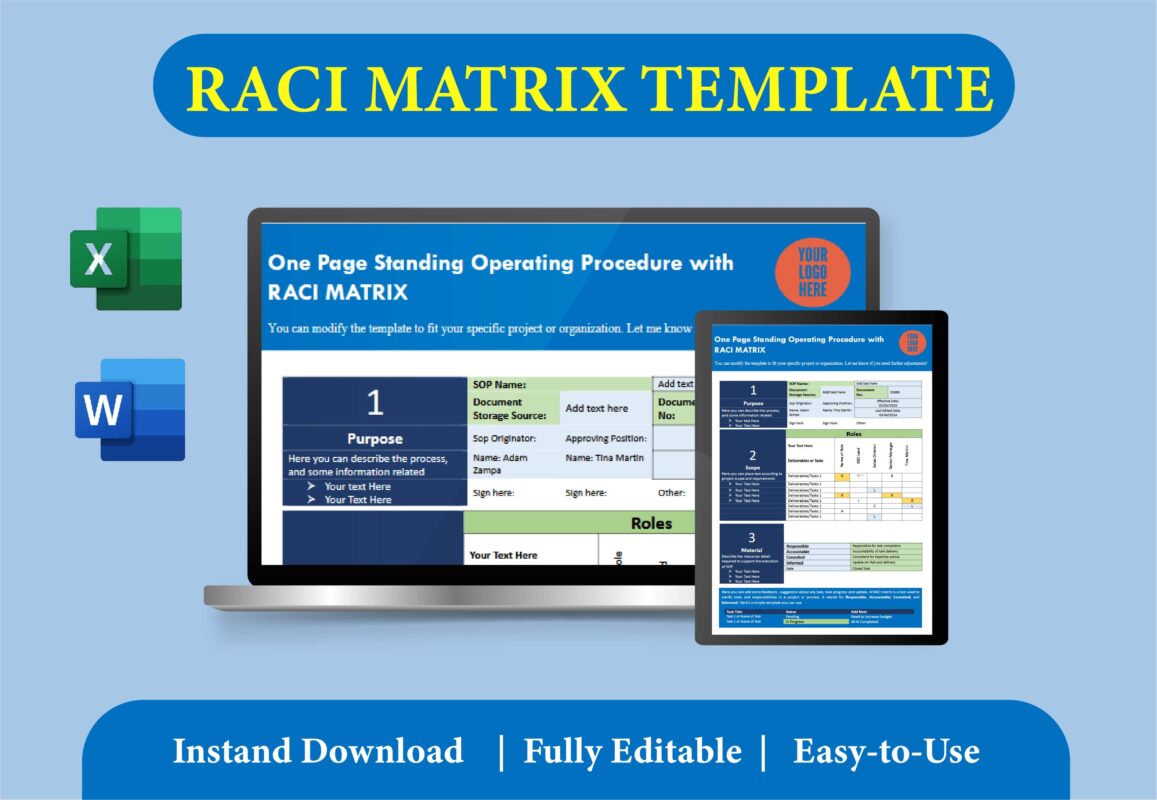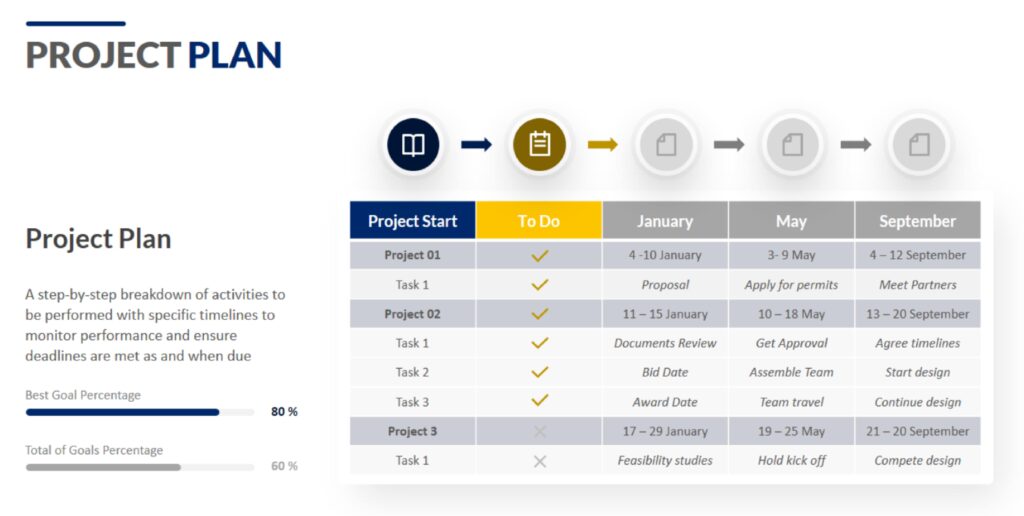A well-defined business strategy acts as a roadmap for an organization. It outlines goals, guides decision-making, and drives project management efforts. A Business Strategy Template serves as a structured approach to develop this strategy, ensuring that key components receive proper attention.
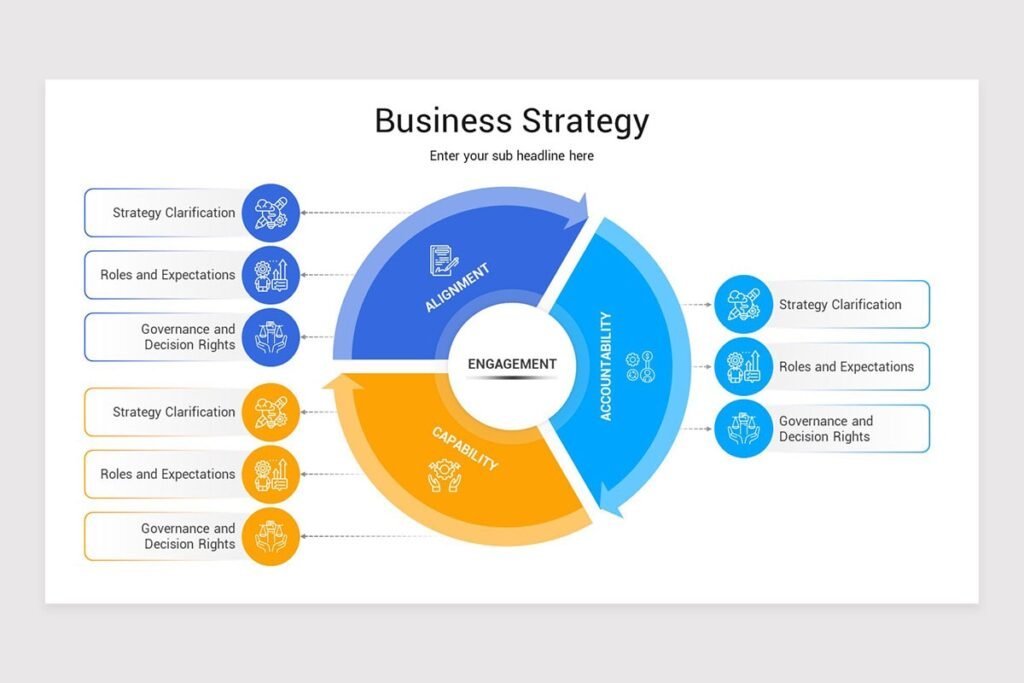
Understanding Business Strategy:
A business strategy encompasses a company’s long-term vision, outlining how it plans to achieve its objectives. It includes analyzing the competitive landscape, understanding customer needs, and identifying unique selling propositions. A clear business strategy enables organizations to allocate resources efficiently and adapt to market changes.
Related Article: Business Requirements Document Template
Importance of Business Strategy in Project Management:
In project management, a business strategy provides direction. It ensures that projects align with organizational goals, which enhances resource allocation and project prioritization. Without a coherent strategy, project teams may pursue initiatives that do not contribute to overall business objectives, leading to wasted resources and missed opportunities.
Key Components:
This template includes several critical components. Each component contributes to the overall effectiveness of the strategy. Below are the essential elements to consider when developing this template.
1. Vision and Mission Statements
The vision statement articulates the organization’s long-term aspirations, while the mission statement defines its purpose. These statements set the foundation for the strategy, providing clarity on what the organization aims to achieve and how it intends to operate.
2. Situational Analysis
A situational analysis assesses the internal and external environment. It involves evaluating strengths, weaknesses, opportunities, and threats (SWOT analysis). This analysis helps organizations understand their position in the market and identify factors that could impact their strategy.
- Strengths: Internal capabilities that give the organization an advantage.
- Weaknesses: Internal limitations that could hinder performance.
- Opportunities: External factors that the organization can exploit for growth.
- Threats: External challenges that could affect the organization’s success.
3. Target Audience
Identifying the target audience is crucial for a successful business strategy. Understanding customer demographics, preferences, and behaviors allows organizations to tailor their offerings and marketing efforts. A clear picture of the target audience ensures that projects align with customer needs and enhance satisfaction.
4. Goals and Objectives
Setting specific, measurable, achievable, relevant, and time-bound (SMART) goals is essential for effective project management. Goals outline what the organization wants to achieve, while objectives provide measurable milestones. Clear goals and objectives guide project teams, ensuring alignment with the overall strategy.
5. Competitive Analysis
Analyzing competitors helps organizations identify industry trends and best practices. Understanding the competitive landscape enables companies to differentiate themselves and develop unique value propositions. This analysis informs project prioritization and resource allocation.
Related Article: Project Status Report Template
6. Strategies and Tactics
Strategies outline the overall approach the organization will take to achieve its goals. Tactics detail the specific actions required to implement the strategies. This section of the business strategy template should define key initiatives and allocate responsibilities to ensure successful execution.
7. Resource Allocation
Efficient resource allocation is critical for project success. This template should identify the resources needed for each initiative, including financial, human, and technological resources. By outlining resource requirements, organizations can prioritize projects and allocate resources effectively.
8. Performance Metrics
Establishing performance metrics allows organizations to track progress toward their goals. Key performance indicators (KPIs) provide measurable data that indicates how well projects contribute to the overall strategy. Regularly reviewing performance metrics helps organizations adjust their approach as needed.
Related Article: Work Plan Template Excel
Defining the Benefits:
This template offers a structured way to develop and execute business plans. Here are five benefits that businesses gain by using this tool:
- Clear Vision: It helps align goals with actionable plans. It ensures that everyone involved understands the company’s objectives and the path to achieve them.
- Better Resource Allocation: The template allows businesses to allocate resources efficiently. By identifying key areas of focus, it helps in optimizing manpower, time, and capital.
- Improved Decision-Making: Having a structured strategy in place simplifies decision-making. The template outlines critical steps, making it easier to evaluate options and choose the best course of action.
- Performance Tracking: It makes tracking progress easier by setting measurable goals and deadlines. Teams can monitor their performance and adjust strategies if necessary.
- Consistency Across Operations: It promotes consistency by ensuring that all departments follow the same strategic plan. This streamlines operations and reduces confusion in day-to-day tasks.
Related Article: Project Plan Template
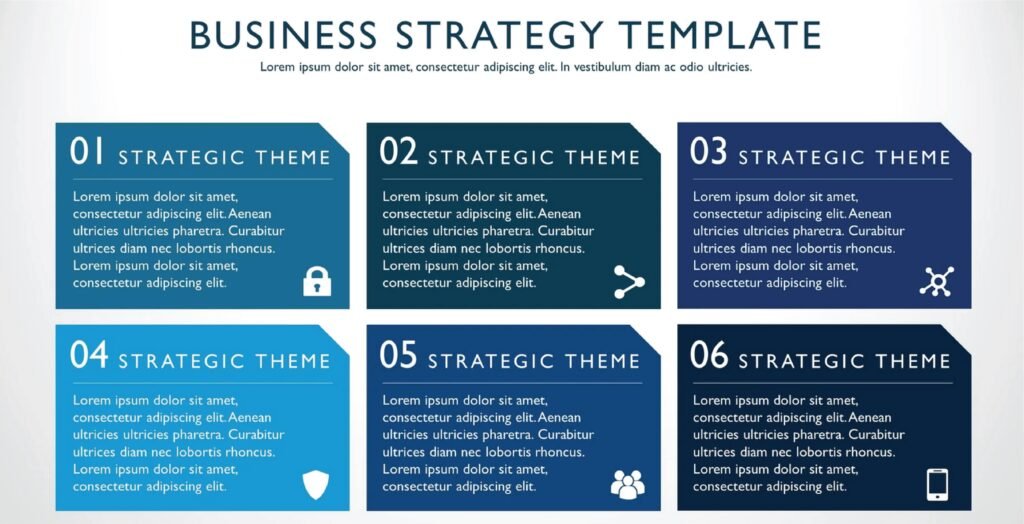
Developing the Business Strategy Template:
Creating this template involves several steps. Each step ensures that key components receive adequate attention and that the strategy aligns with organizational goals.
Step 1: Gather Information
Collect relevant data from internal and external sources. This information will inform the situational analysis and competitive assessment. Engage stakeholders to gain insights into customer needs, industry trends, and organizational capabilities.
Step 2: Conduct SWOT Analysis
Perform a SWOT analysis to identify strengths, weaknesses, opportunities, and threats. This analysis provides a comprehensive view of the organization’s position and informs strategic decision-making.
Step 3: Define Vision and Mission
Develop clear vision and mission statements that reflect the organization’s aspirations and purpose. Ensure these statements align with the overall strategy and resonate with stakeholders.
Step 4: Set Goals and Objectives
Establish SMART goals and objectives that guide project teams. Clearly defined goals ensure alignment with the business strategy and enhance project focus.
Step 5: Identify Strategies and Tactics
Outline strategies that support the achievement of goals. Develop specific tactics that detail the actions required for implementation. Assign responsibilities to ensure accountability.
Step 6: Allocate Resources
Identify the resources needed for each initiative and allocate them accordingly. Effective resource allocation enhances project execution and ensures that initiatives receive the necessary support.
Step 7: Establish Performance Metrics
Develop performance metrics to track progress. Regularly review KPIs to assess the effectiveness of projects and make adjustments as necessary.
Related Article: Change Management Strategy Template
Defining the Challenges:
Organizations often face challenges when implementing a business strategy template. Recognizing these challenges can help mitigate their impact.
Resistance to Change
Change can evoke resistance from employees and stakeholders. Clear communication about the benefits of the new strategy and engaging stakeholders in the process can help ease resistance.
Lack of Alignment
Misalignment between projects and organizational goals can lead to wasted resources. Regularly reviewing project outcomes against strategic objectives helps maintain alignment.
Insufficient Resources
Limited resources can hinder project execution. Organizations must prioritize initiatives and allocate resources strategically to ensure success.
Related Article: Strategy+Business
Conclusion:
In short, a Business Strategy Template provides a structured approach to developing an effective strategy.


